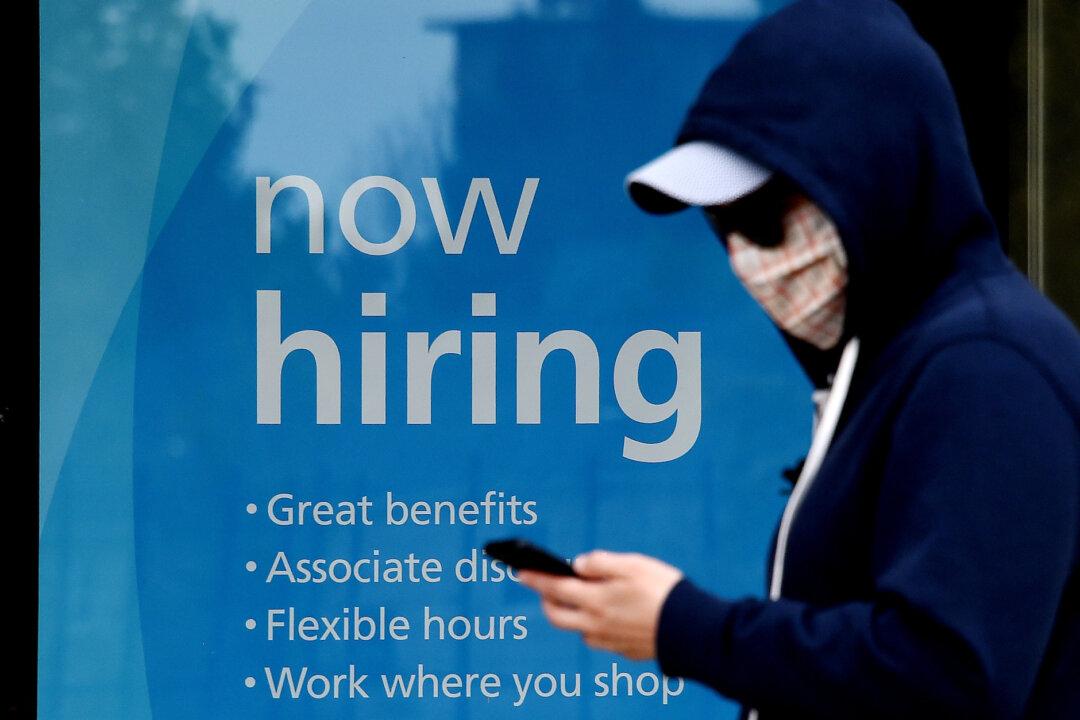Businesses in the United States cut back sharply on hiring in July, suggesting the COVID-19 resurge was dampening enthusiasm among the nation’s private employers to onboard staff amid doubts about the sustainability of the economic rebound.
Private-sector employment surged by 4.3 million in June and 3.3 million in May, fueling hopes for a robust recovery, but payroll processor ADP’s newest report (pdf) shows the U.S. economy added an anemic 167,000 jobs in July.





